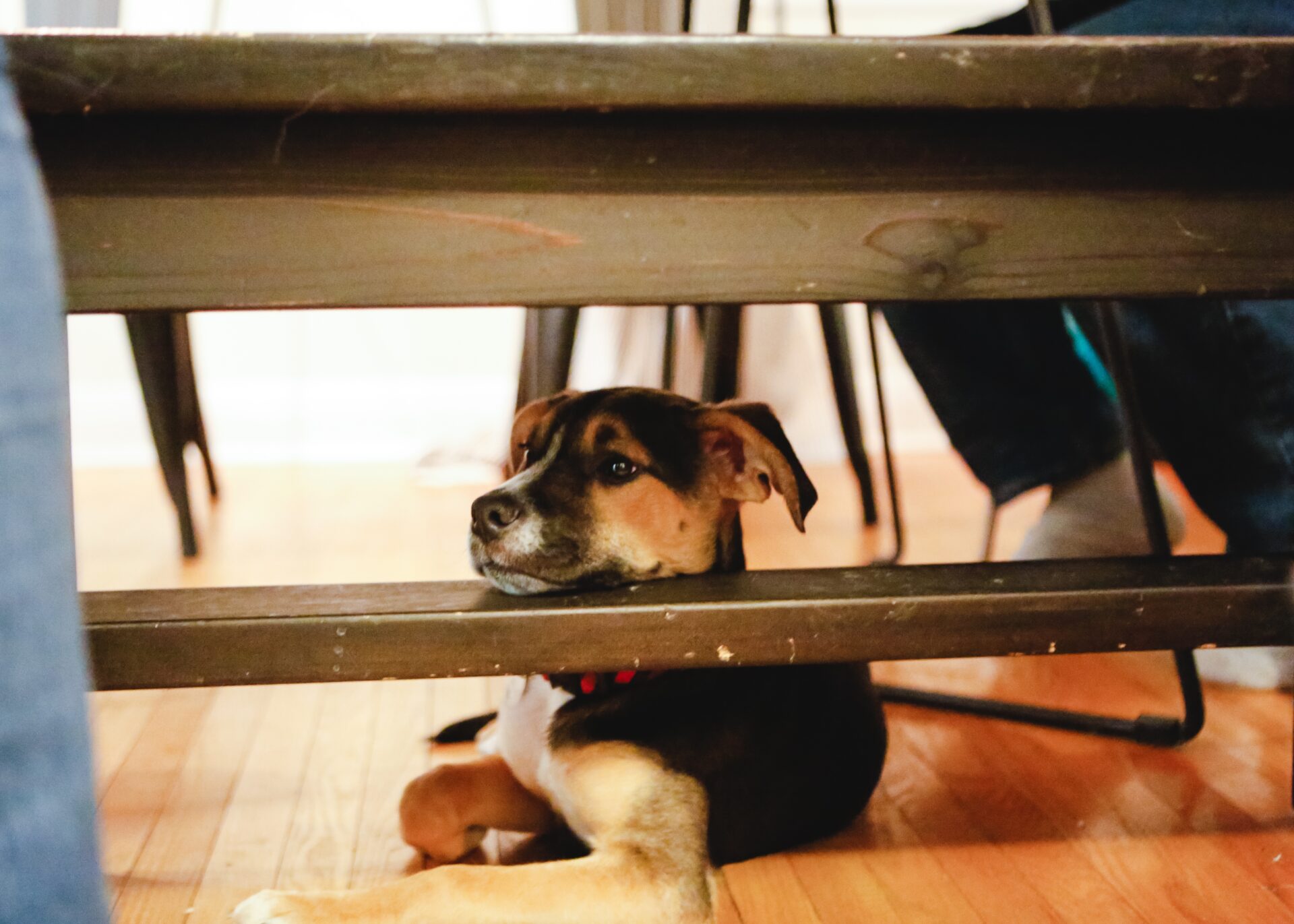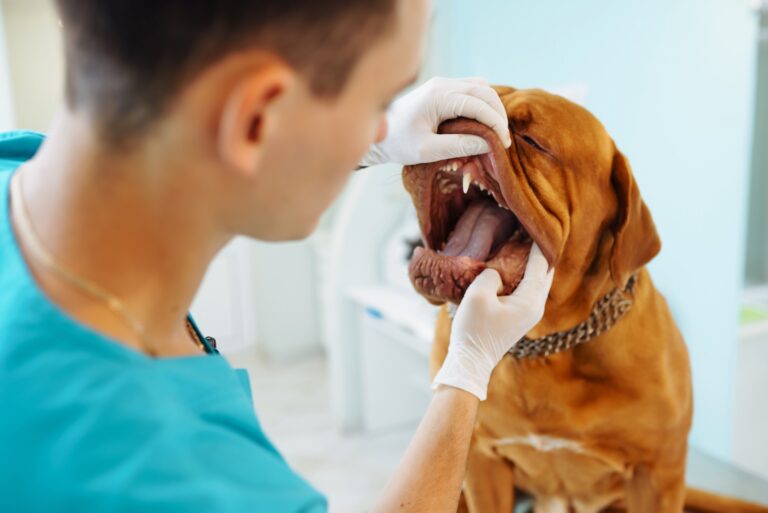Just like humans, dogs can experience anxiety. Whether it’s triggered by loud noises, separation from their favorite humans, or unfamiliar situations, anxiety in dogs can manifest in ways like excessive barking, destructive behavior, trembling, or hiding. As pet parents, it’s our job to help our furry friends feel safe, calm, and confident.
Some of the links on this page are affiliate links, which means we may earn a commission at no extra cost to you if you make a purchase. As an Amazon Associate I earn from qualifying purchases. We only recommend products we genuinely love and think you’ll find helpful!
Signs of Anxiety in Dogs
It’s important to recognize when your dog is feeling anxious so you can act quickly. Common signs include:
- Trembling, pacing, or hiding.
- Excessive barking or whining.
- Destructive behavior, like chewing furniture or scratching doors.
- Accidents in the house despite being potty trained.
- Panting, drooling, or licking excessively.
If you notice these behaviors, observe the context to identify potential triggers and address them.
Here are 10 effective ways to reduce your dog’s anxiety and create a more peaceful environment for them.
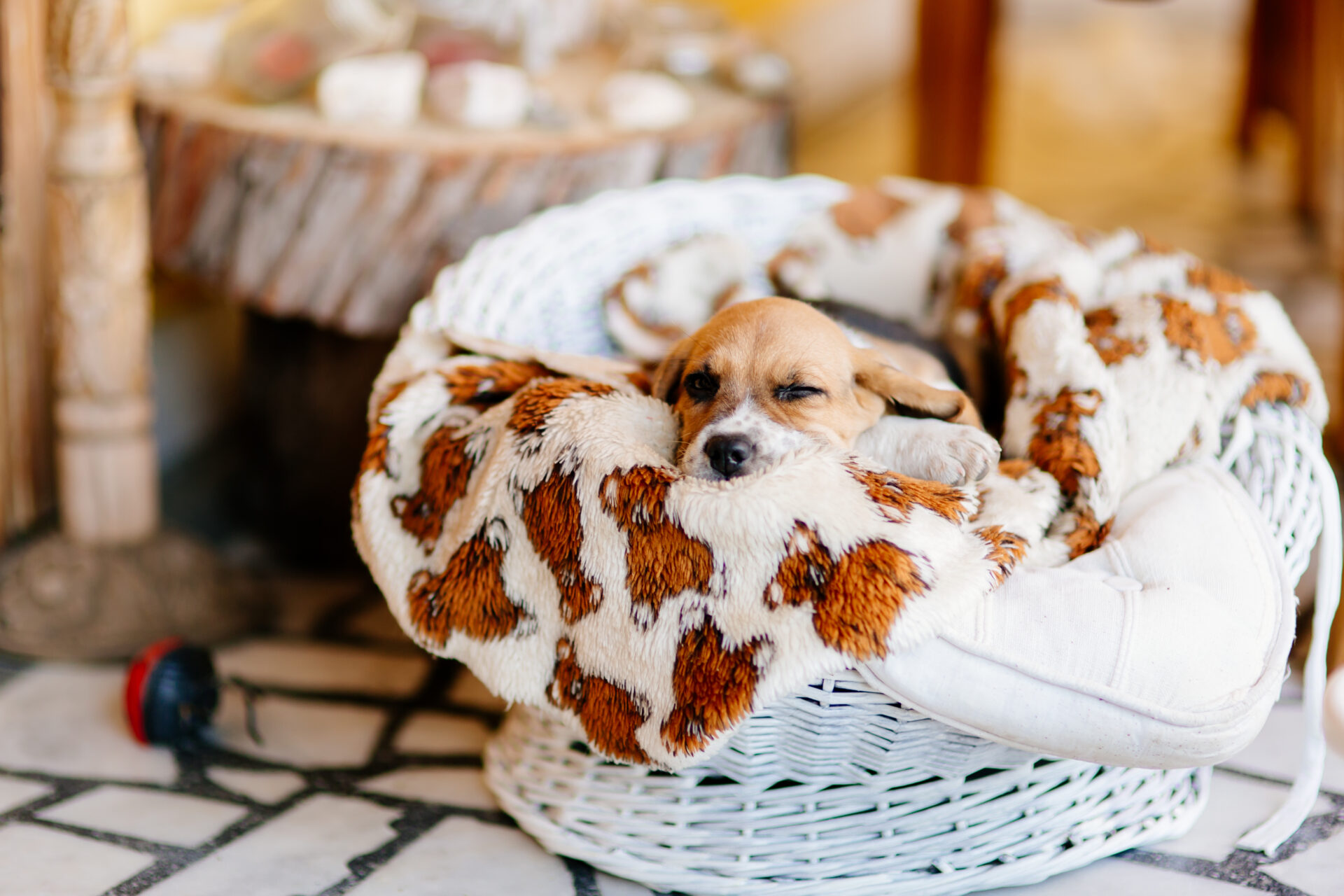
1. Create a Safe Space
Dogs often feel more secure when they have a designated spot to retreat to when they’re feeling stressed.
- Set up a cozy area with their favorite bed, blankets, and toys.
- Make it quiet and free from too much foot traffic or noise.
- For noise-related anxiety (like thunderstorms or fireworks), consider using soundproofing tools or white noise machines.
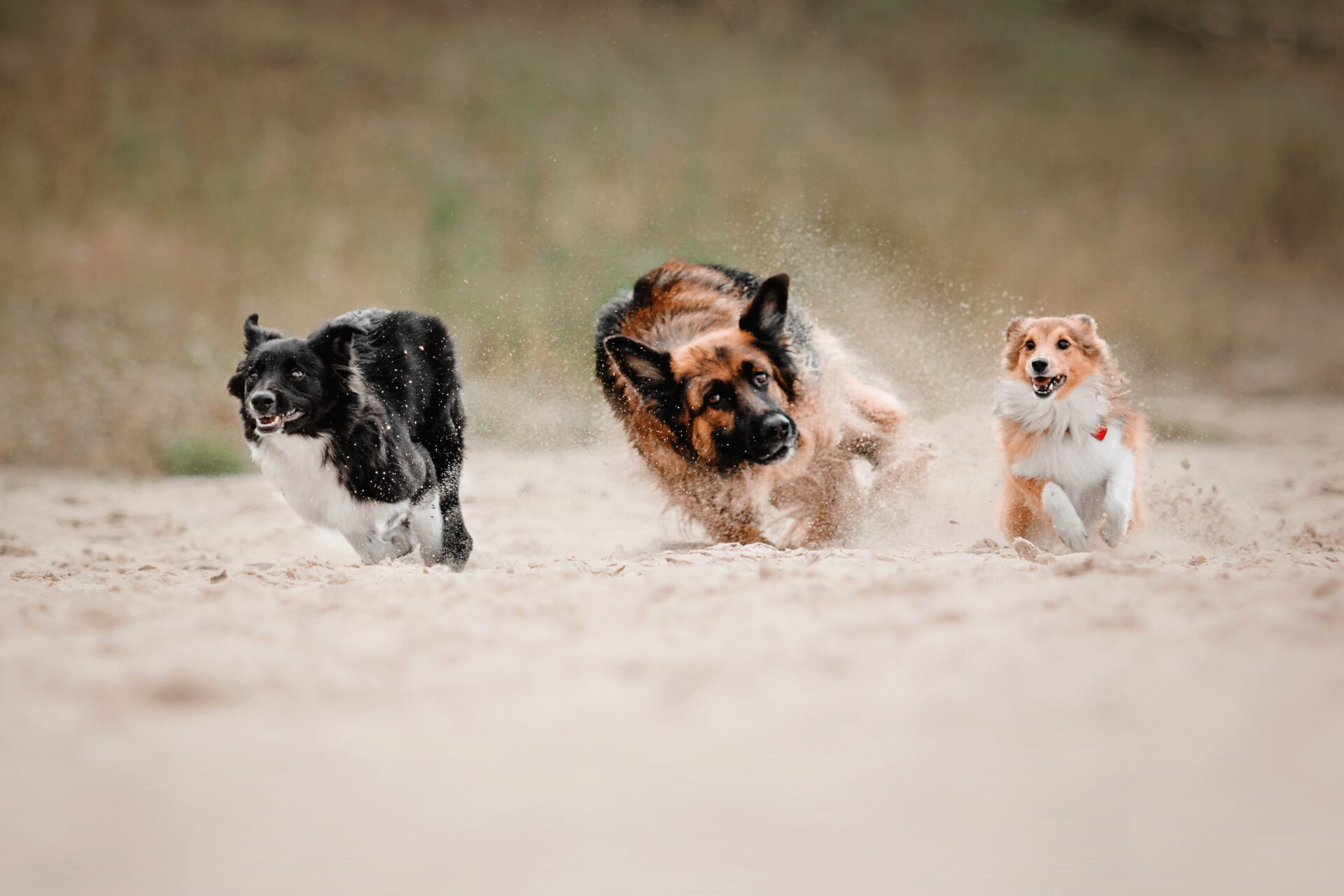
2. Exercise Regularly
Physical activity is a natural anxiety reliever for dogs. Exercise releases feel-good endorphins and helps burn off excess nervous energy.
- Take your dog for daily walks or runs to tire them out.
- Play interactive games like fetch or tug-of-war.
- For high-energy breeds, activities like agility training or swimming can be particularly effective.
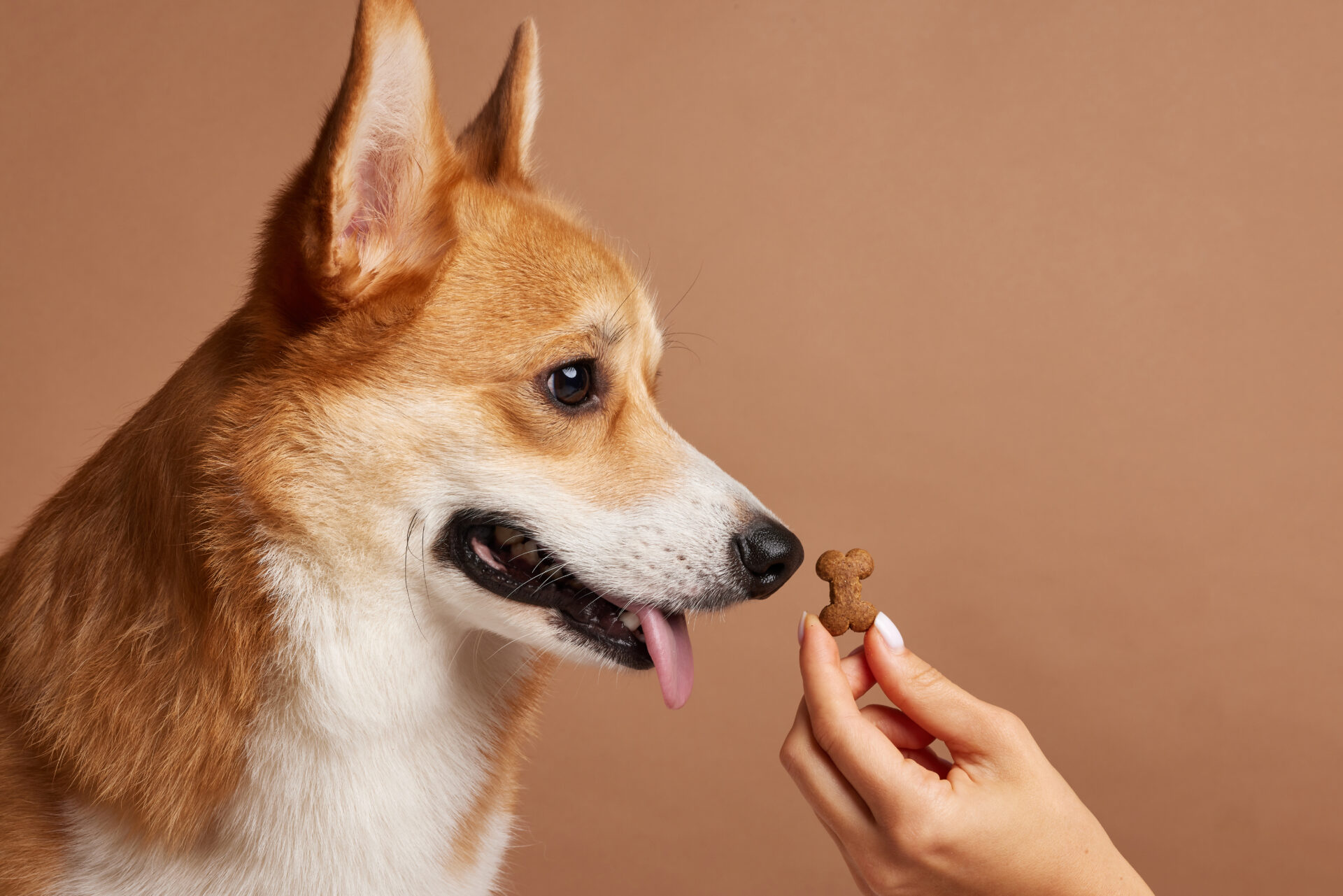
3. Practice Positive Reinforcement Training
Training not only builds trust between you and your dog but also boosts their confidence.
- Teach basic commands like “sit,” “stay,” or “leave it” to help redirect their focus during anxious moments.
- Reward calm behavior with treats, praise, or affection.
- Avoid punishing anxious behavior—it can make the problem worse.
Dogs thrive in a structured environment and is a straightforward way to reduce your dog’s anxiety.
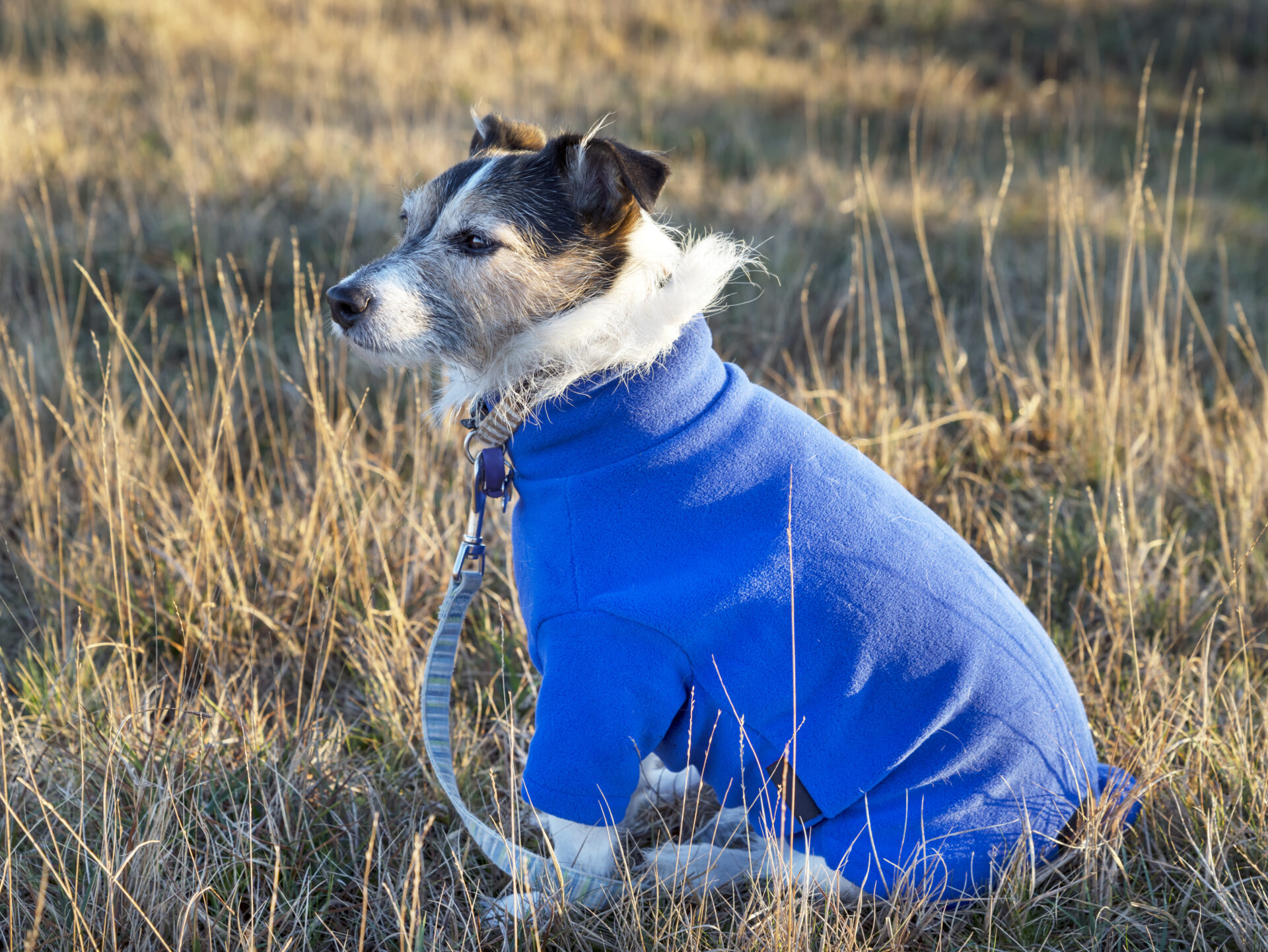
4. Use Calming Products
There are many products designed specifically to ease canine anxiety:
- Thundershirts or anxiety wraps: These apply gentle pressure to your dog’s body, similar to a comforting hug.
- Calming pheromone diffusers or sprays: Products like Adaptil mimic natural dog pheromones to promote relaxation.
- CBD oil or calming supplements: Check with your vet before trying these options to ensure they’re safe and appropriate for your dog.
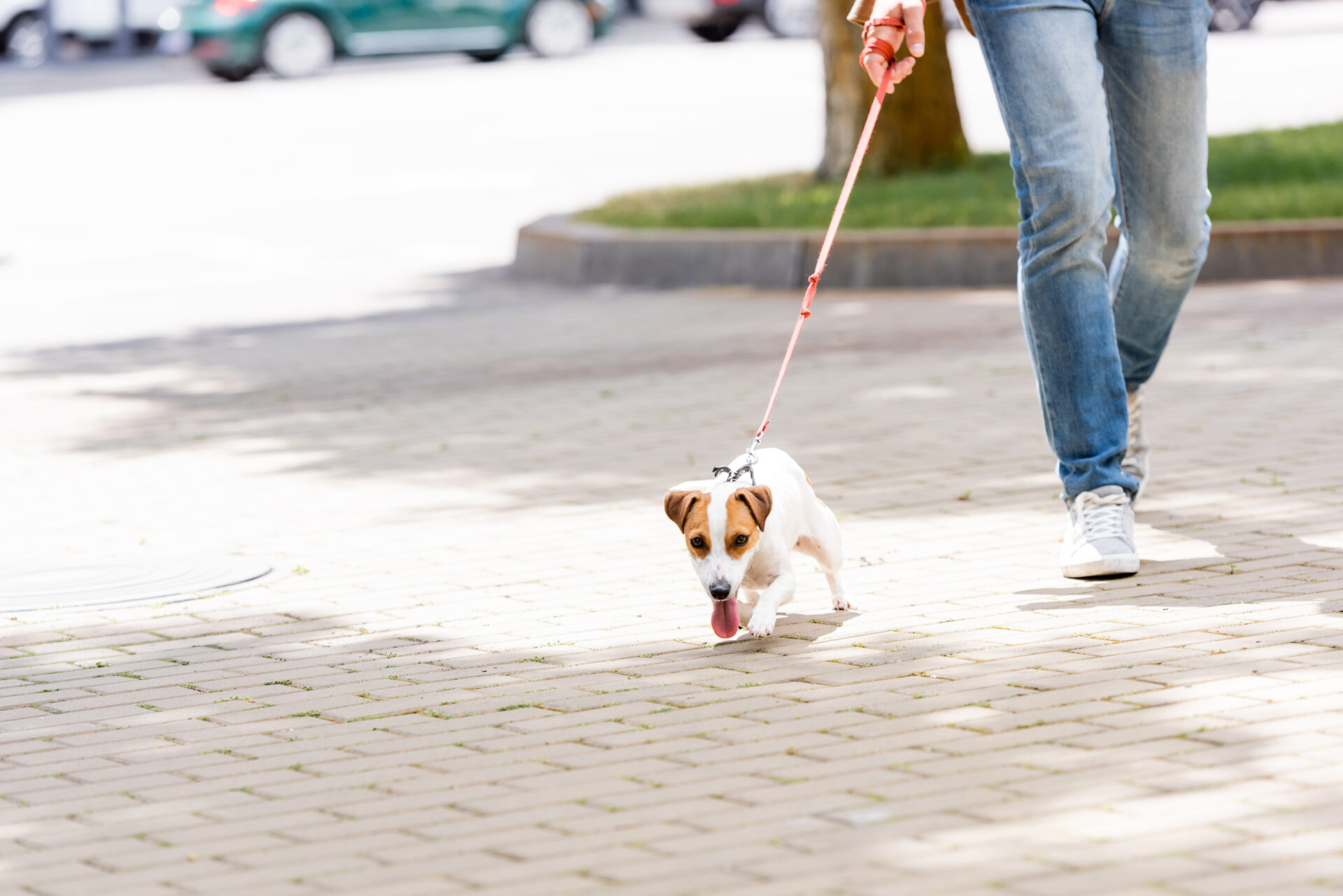
5. Stick to a Routine
Dogs thrive on predictability. A consistent daily schedule for feeding, walking, playtime, and bedtime can reduce anxiety by creating a sense of stability.
- Try to keep disruptions, such as changes in mealtimes or long absences, to a minimum.
- If your schedule changes, introduce adjustments gradually to help your dog adapt.
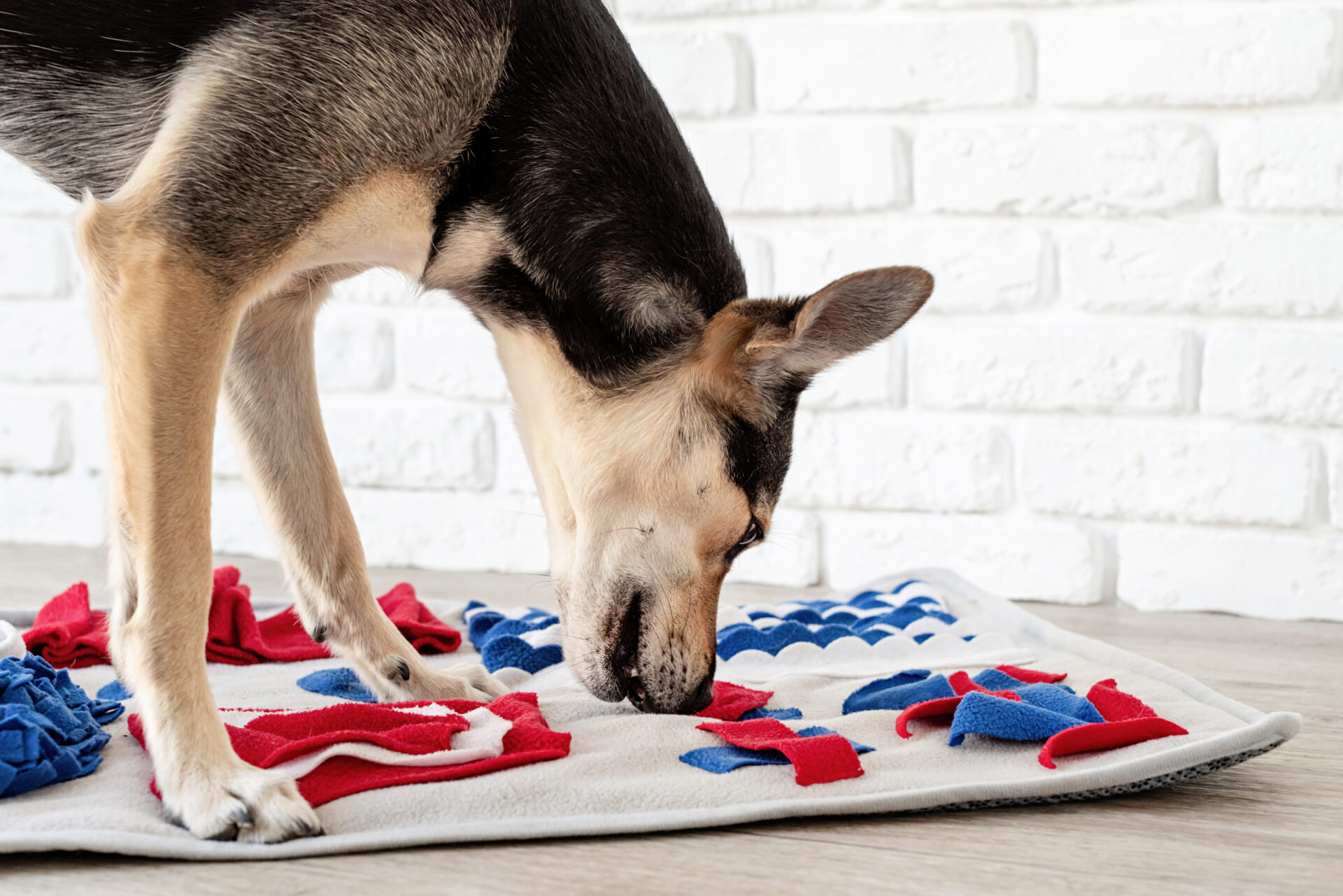
6. Provide Mental Stimulation
Boredom can contribute to anxiety, especially in intelligent or high-energy breeds. Keep your dog’s mind engaged with:
- Puzzle toys or treat-dispensing games to make them “work” for rewards.
- Scent work games like hiding treats for them to find using their nose.
- Training sessions to learn new tricks or skills.
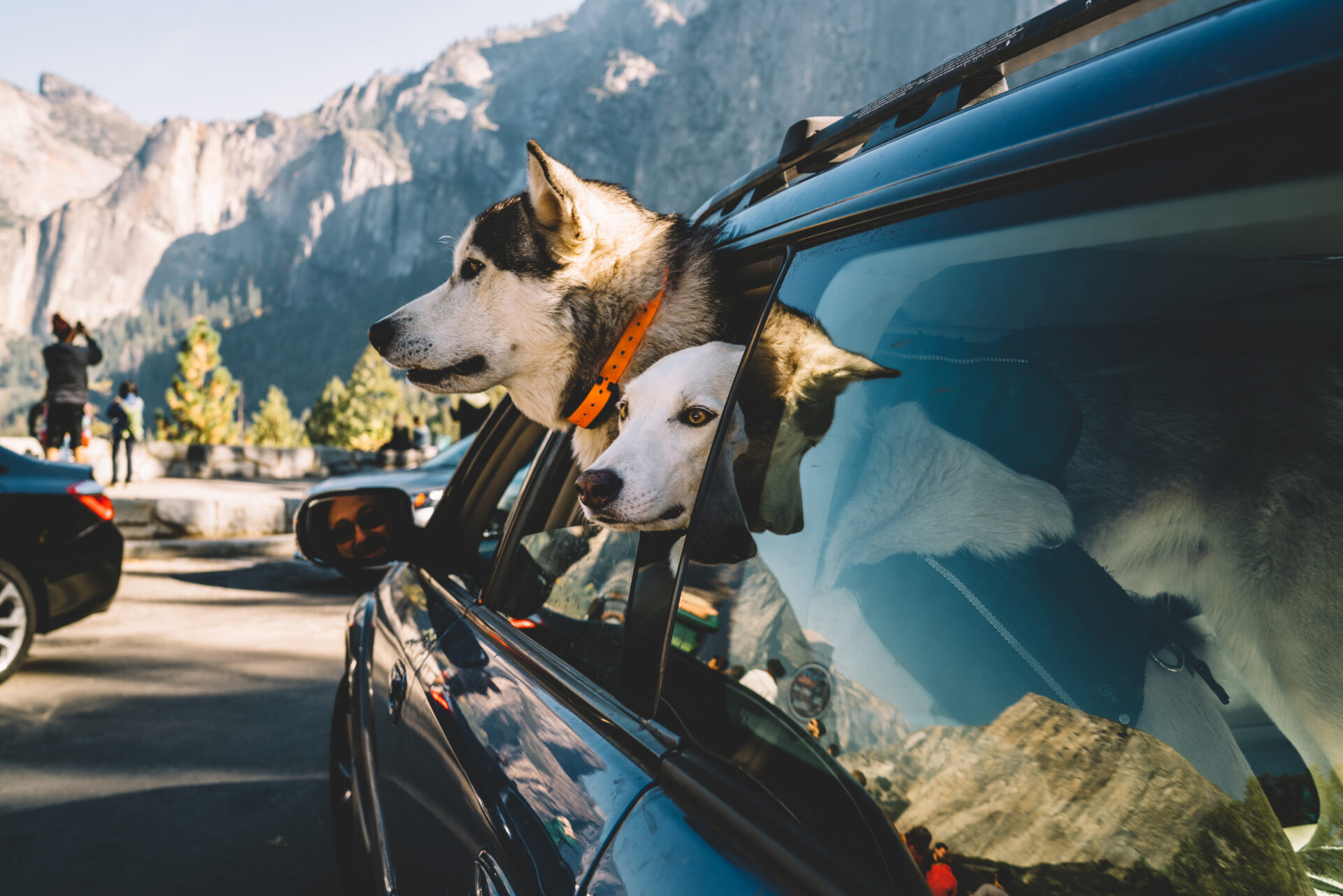
7. Desensitize to Triggers
If your dog’s anxiety is caused by specific triggers (e.g., fireworks, car rides, or being left alone), gradual desensitization can help.
- Expose them to the trigger in small, controlled doses, rewarding calm behavior.
- For example, if your dog is afraid of car rides, start by sitting with them in the parked car, then slowly work up to short trips.
- Pair exposure with positive experiences like treats or playtime.
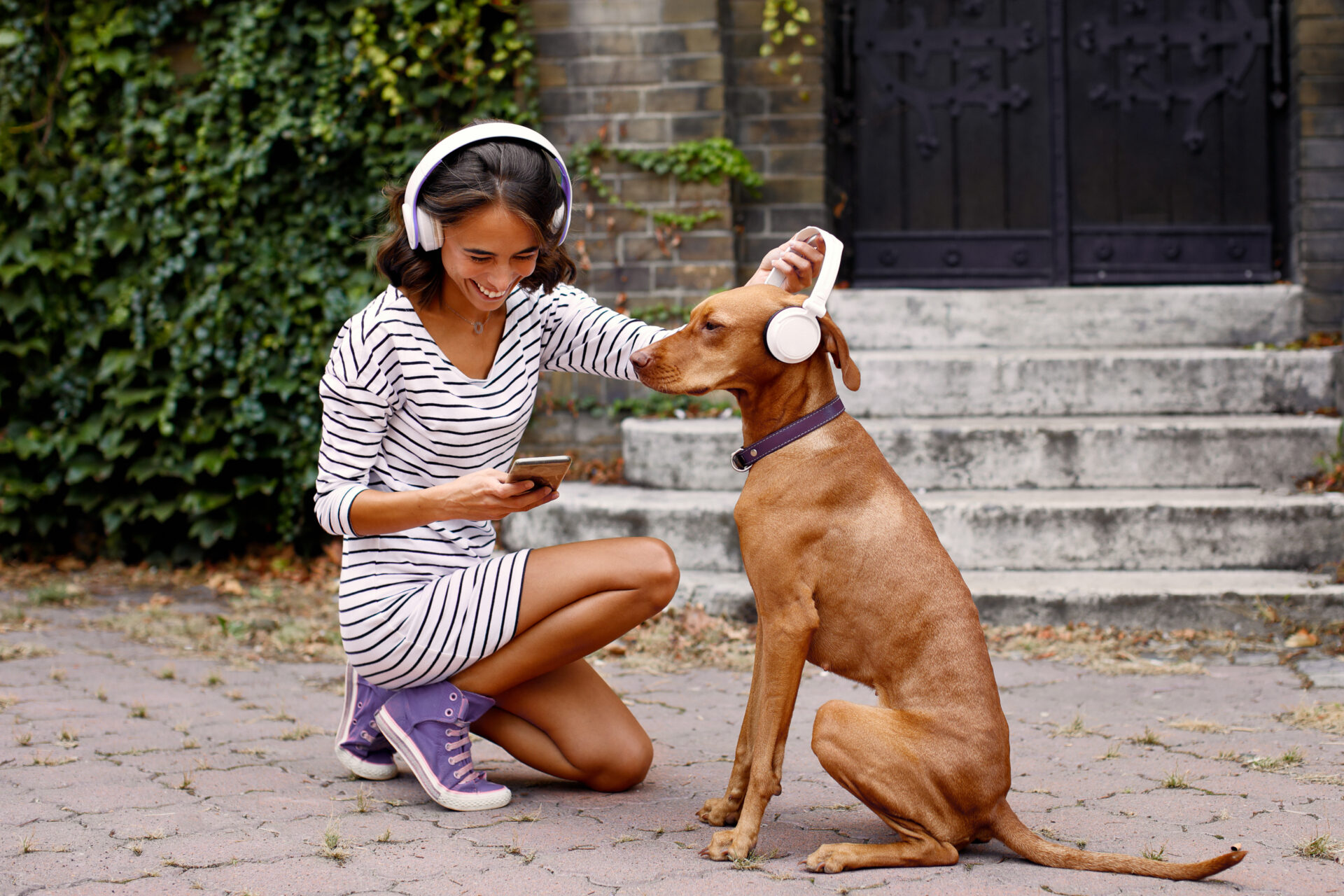
8. Try Music or Sound Therapy
Music can have a calming effect on dogs, just as it does for humans.
- Play soothing music or specialized “dog relaxation” playlists during stressful situations.
- White noise or sound machines can mask anxiety-inducing noises like thunder or traffic.
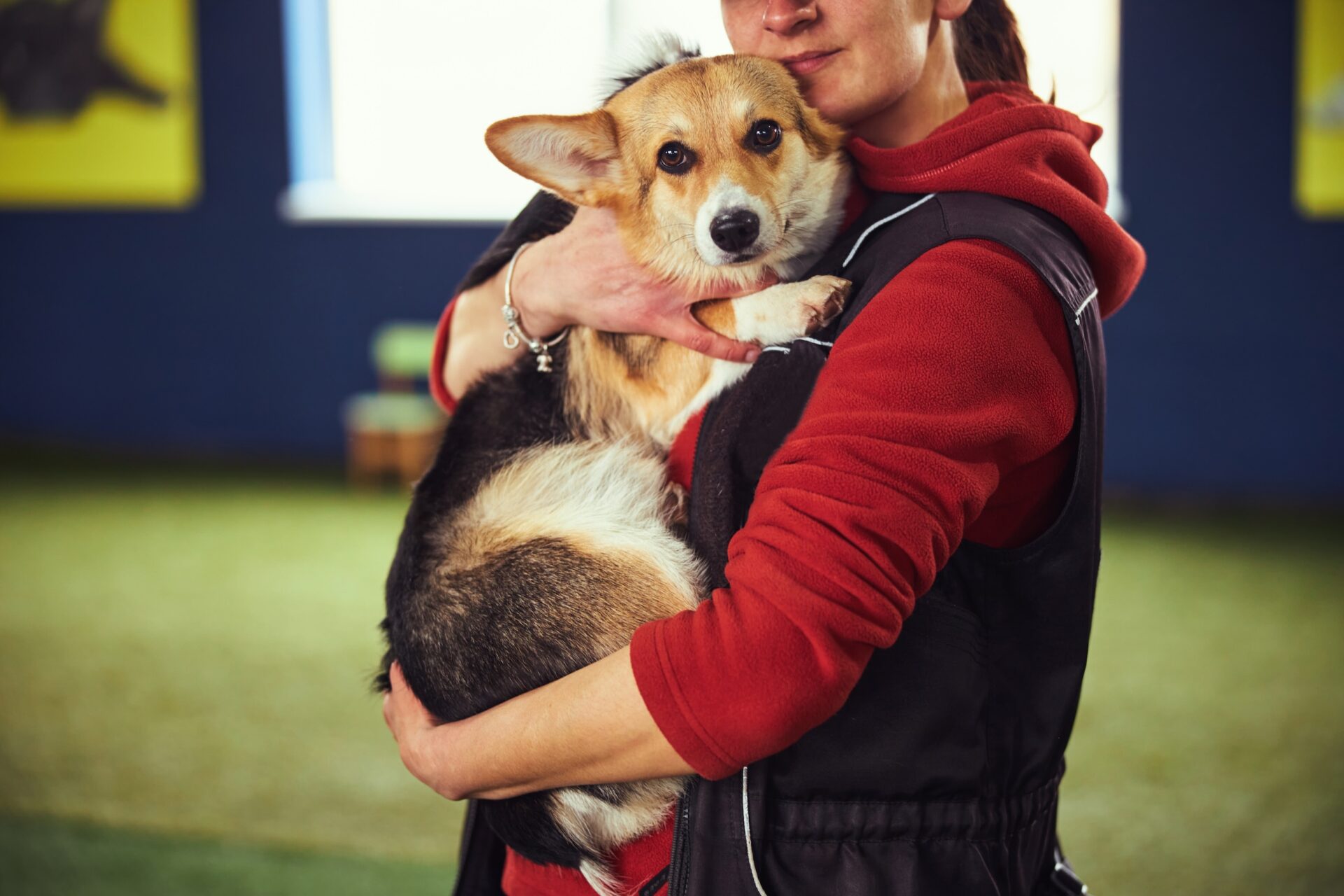
9. Provide Comfort
Some dogs simply need extra reassurance during anxious moments.
- Stay close to them and offer gentle petting or calming words.
- Use your presence to reassure them that everything is okay.
- Be careful not to overreact or reinforce their fear by acting overly sympathetic. Stay calm and composed.
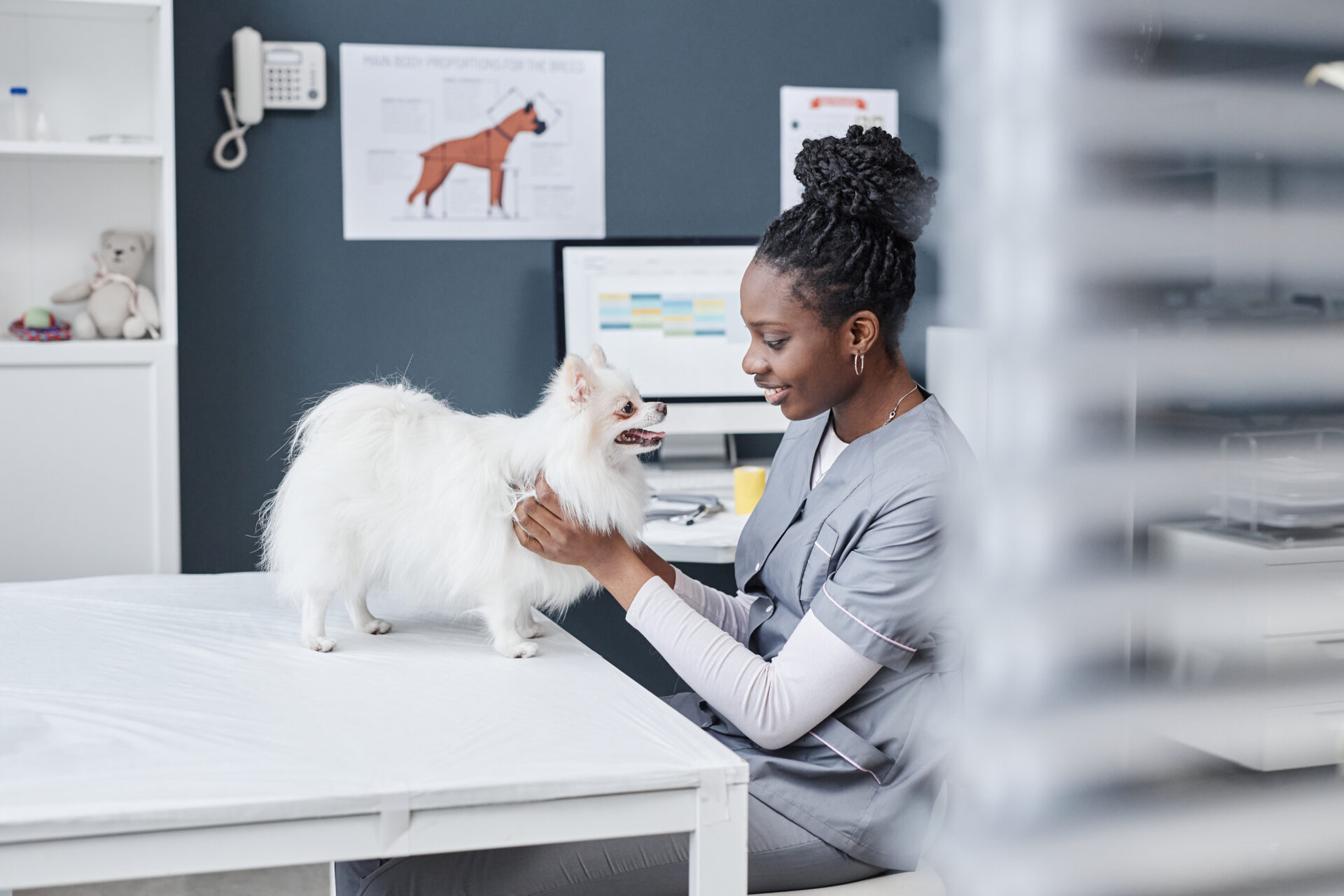
10. Consult a Veterinarian or Behaviorist
If your dog’s anxiety is severe or persistent, professional help may be necessary.
- Veterinarians can rule out underlying health issues and may prescribe anti-anxiety medications if needed.
- Certified dog behaviorists can create a customized plan to address your dog’s specific anxiety triggers.
Early intervention is key to managing anxiety effectively and preventing it from escalating.
Final Thoughts
Reducing your dog’s anxiety takes patience, understanding, and a little creativity. Every dog is unique, so it may take some trial and error to discover what works best for them. By providing a safe, stable, and stimulating environment, you can help your dog feel more confident and secure.
Remember, the bond you share with your dog is one of the most important tools in combating their anxiety. Your love and care are the foundation of their happiness—and with the right approach, you can help them live their best, stress-free life.

